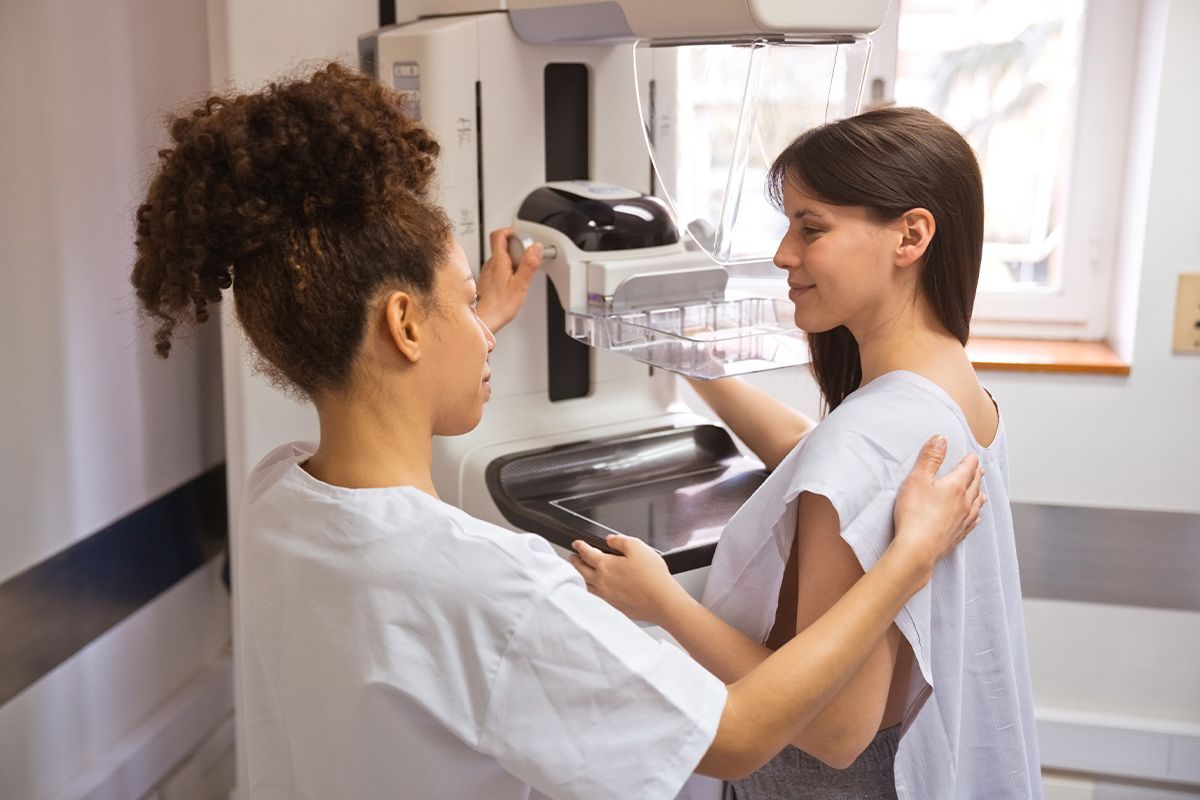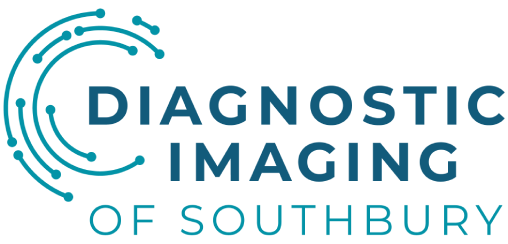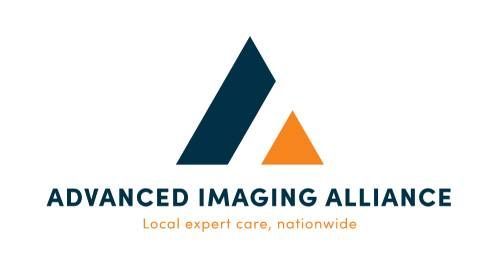First Mammogram? What to Expect, How to Prepare, and What It Can Tell You

Scheduling your first mammogram can feel like a big step, and it’s totally normal to have questions or concerns. You might be wondering if it’ll hurt, how long it takes, or what happens if they find something. At Naugatuck Valley Radiological Associates (NVRA), we hear these questions every day, and we’re here to help you feel informed, prepared, and supported.
Let’s walk through what a mammogram actually involves, how to get ready for your appointment, and why it plays such an important role in protecting your breast health.
Understanding the Importance of Your First Mammogram
Why Early Detection Matters for Breast Health
Catching breast cancer early can make a big difference. In fact, when breast cancer is found in its earliest stages, the 5-year survival rate is nearly 99%. That’s why annual screening — especially starting at age 40 — is recommended for most women, even if they don’t have symptoms.
When to Schedule Your First Mammogram
Most guidelines recommend beginning annual mammograms at age 40, but your doctor may suggest starting earlier if you have a family history of breast cancer or other risk factors. If you’re unsure whether it’s time, talk to your primary care provider or OB/GYN — or reach out to our team at NVRA for guidance.
How Mammography Helps Detect Breast Cancer Earlier
Mammography uses low-dose X-rays to capture detailed images of breast tissue. It can detect subtle changes, such as tiny masses or calcifications, long before they can be felt during a physical exam.
What to Expect During the Exam
How Long Does It Take and What You’ll Experience Step by Step
A mammogram typically takes 15 to 20 minutes from start to finish. Here’s how the process usually goes:
- Check-in and Prep: You’ll be given a gown and asked to undress from the waist up.
- Positioning: The technologist will help position each breast on the mammogram machine.
- Compression: The breast is gently compressed for a few seconds to capture clear images.
- Multiple Angles: Typically, two views of each breast are taken — top-to-bottom and side-to-side.
That’s it. No injections, no downtime, and you can return to your normal activities right away.
What to Wear and What to Avoid Before Your Appointment
Wear a two-piece outfit (top and bottom) so you only need to remove your top. Avoid deodorant, lotions, or powders on your underarms or chest on the day of your exam, as these can appear on the images and interfere with results.
Timing Your Mammogram for the Best Experience
If you’re prone to breast tenderness, schedule your appointment one week after your period. This timing can make the compression more comfortable.
How to Communicate Any Health History or Concerns to the Technologist
Before the exam begins, your technologist will ask about your health history, including:
- Any family history of breast cancer
- Previous breast surgeries or biopsies
- If you have implants or breast pain
- Menstrual cycle timing and hormone use
Be open — the more we know, the better we can tailor your exam.
Understanding Compression and Why It’s Necessary
Compression might feel odd, but it only lasts a few seconds and is critical for producing clear images. It spreads out the breast tissue, reducing motion blur and the radiation dose, and helps detect small abnormalities that might otherwise be hidden.
How Modern Mammography Technology Reduces Discomfort
At NVRA, we use digital 3D mammography, also known as tomosynthesis, which takes multiple images from different angles. This advanced technology not only improves detection — especially in women with dense breast tissue — but also shortens the time under compression.
What to Do If You Have Sensitive Breasts or Implants
Let us know ahead of time if you have implants or experience high breast sensitivity. Our technologists are trained to adjust the positioning and compression based on your needs, ensuring a safe and gentle experience.
How Results Are Reviewed and Reported
What It Means if You’re Called Back for Additional Imaging
Being called back after your first mammogram doesn’t necessarily mean something is wrong. It just means the radiologist needs more information, which is common, especially for first-time patients who don’t have previous scans to compare.
Why Follow-Up Doesn’t Always Mean Something Is Wrong
Around 10% of women are asked to return for follow-up imaging, often to clarify overlapping tissue or a benign finding. Most of the time, it turns out to be non-cancerous, and no treatment is needed. But follow-up ensures that nothing is missed and gives you peace of mind.
Why It’s Important to Choose a Certified Imaging Center
When it comes to breast health, experience and accreditation matter. NVRA is proud to be designated as a Breast Imaging Center of Excellence by the American College of Radiology (ACR), which means our mammography services meet or exceed the highest standards in image quality, patient safety, and radiologist training.
The Benefits of Having Experienced Radiologists Interpret Your Scan
At NVRA, your mammogram is read by a board-certified radiologist with subspecialty expertise in breast imaging. This level of training ensures:
- Better detection of subtle changes
- Fewer false positives or unnecessary biopsies
- Faster, more accurate results for your doctor
Why Patients Across the Region Choose NVRA for Breast Imaging
With locations in Southbury, Waterbury, and Prospect, we make it easy to get the care you need — close to home, without the wait times or stress of a large hospital system. Our patients choose us for:
- Convenience
- Advanced technology
- Compassionate staff
- Fast, reliable results
Empowering Women Through Preventive Care
Making Mammography a Routine Part of Your Health Plan
A yearly mammogram doesn’t just check a box — it’s a powerful tool to protect your health. By making it a regular part of your wellness routine, you’re giving yourself the best chance at early detection and long-term peace of mind.
How NVRA Supports You Before, During, and After Your Exam
From the moment you schedule to the moment you receive your results, our team is here to:
- Answer questions with care
- Make the process as easy and stress-free as possible
- Deliver results quickly to you and your provider
- Help you navigate any follow-up steps, if needed
Schedule Your Mammogram with NVRA Today
If you're ready to book your first mammogram (or if you’ve been putting it off), we invite you to schedule with NVRA today. Our caring, experienced team will guide you through every step of the process, from preparation to results. You can find a convenient location near you, contact us to schedule your appointment, or learn more about our breast imaging services anytime. We’re here when you’re ready — with care you can trust.





